Proper vent for Hot Water Heater
I need some advice. I have a older home that I am renovating. We had contractor replace the old furnace with an air-source heat pump. Original furnace and gas HW heater exhausted into brick chimney which has two flues, one for the fireplace upstairs and another for the furnace/HW heater. Both flues have clay tile liners. I think that the one that HW exhausts into is about 7×9 inches. The chimney is about 18 feet tall.
Since we installed an air-source heat pump, the flue will only be used by HW heater and by the backup furnace on those days when it is too cold for the heat pump to run. My question is: Do I have to install insulated exhaust vent pipe inside the flue? Someone told me that if I don’t, we risk having improper exhaust.
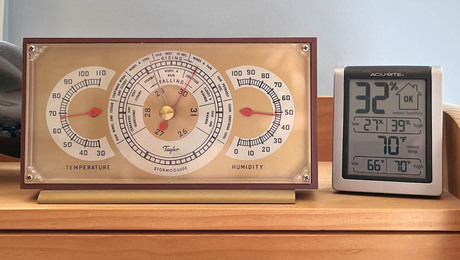
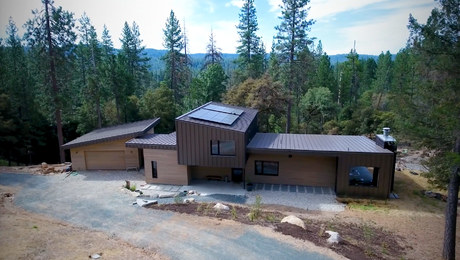










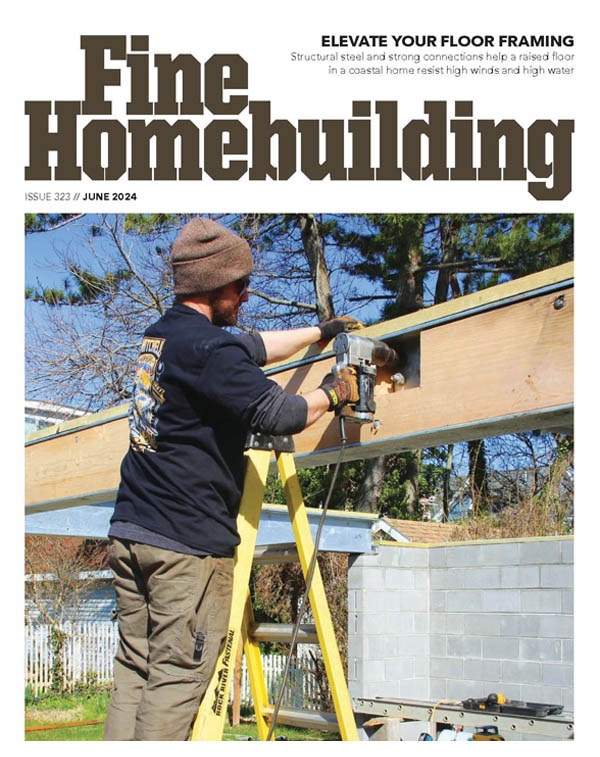

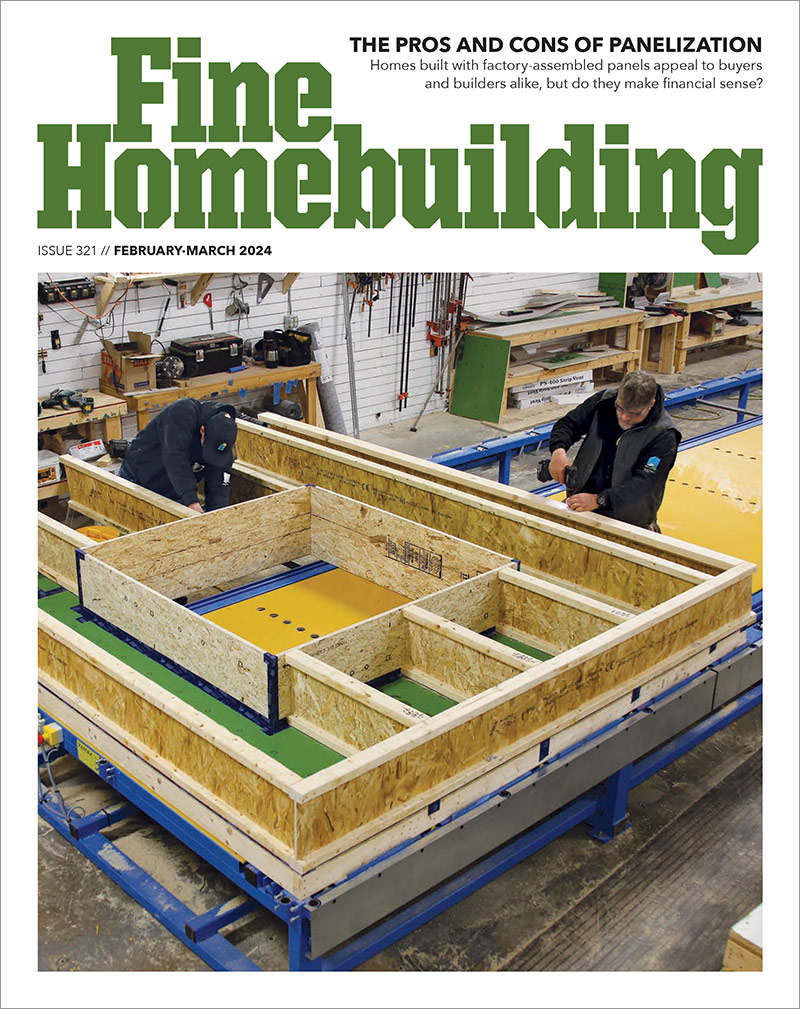
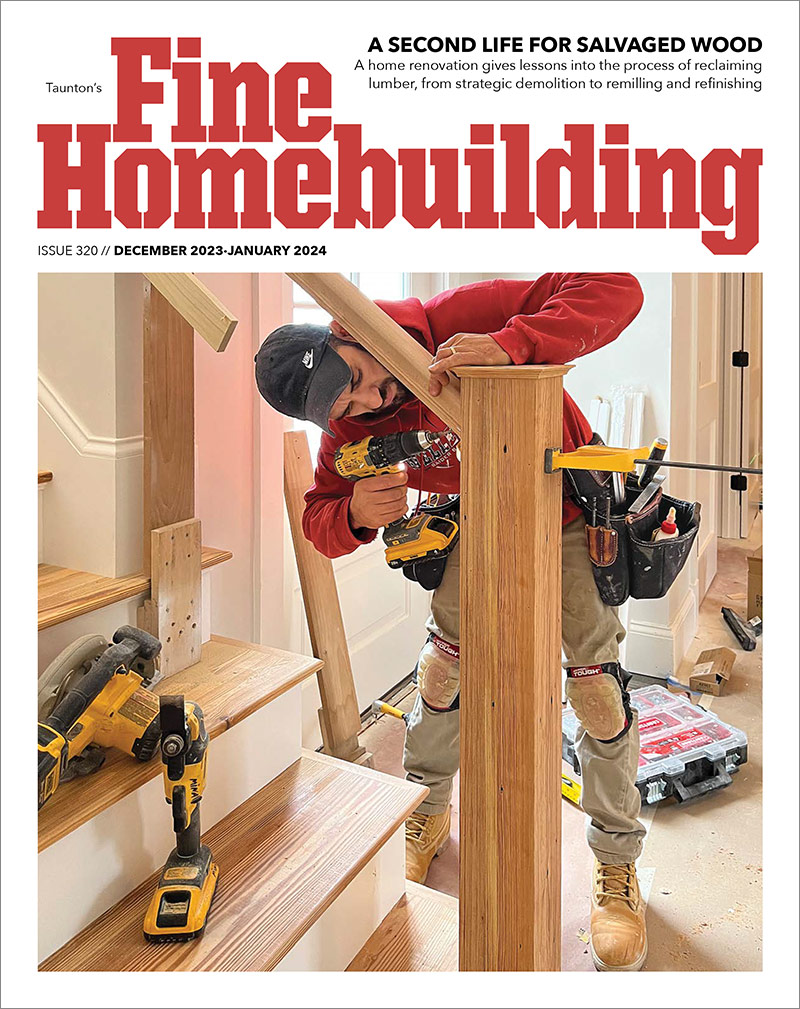
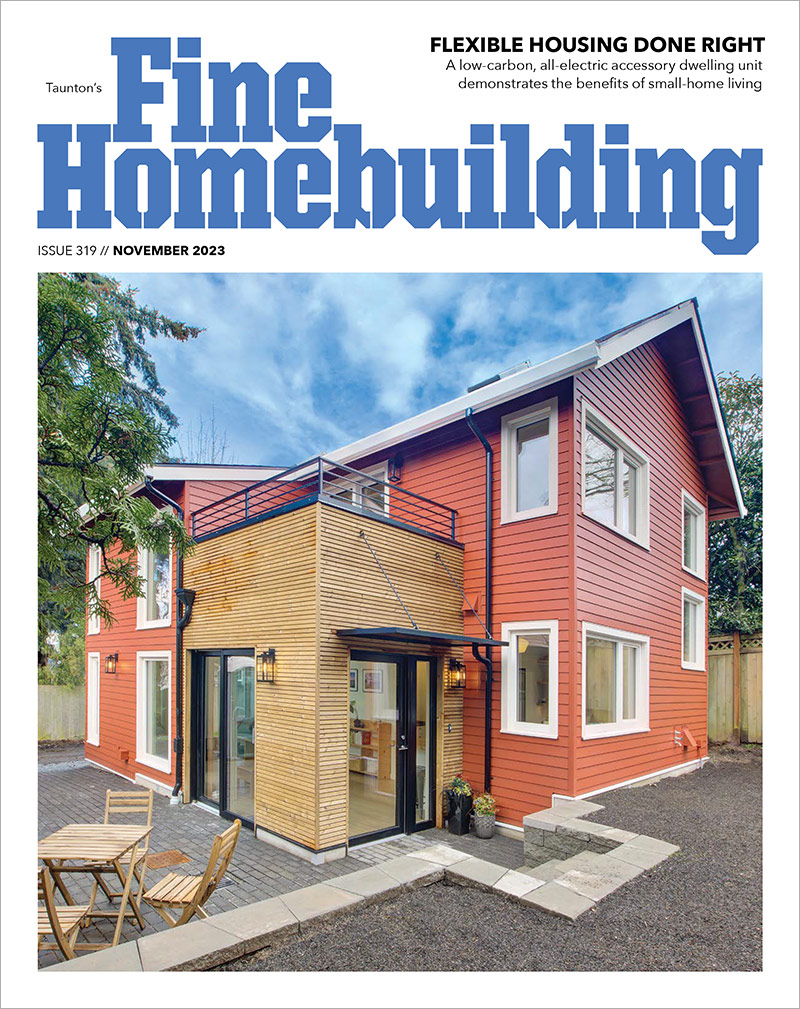

Replies
You need to vent
the water heater out thru the metal pipe specified by the heater's manufacturer, which is probably B vent. It's best that it have its own vent, rather than sharing one... a shared vent is usually oversized for the WH and will not draft well if the furnace is not running at the same time. The HVAC guy should have taken care of this when the heat pump was installed, rather than leaving a funky deal.
You've got what's called an "orphaned WH". The HVAC guy should have known better, as Dave says.
Although the chimney will probably still carry the flue gas out without backdrafting, you will find that the WH, by itself, will not produce enough heat to prevent excessive condensation. In time, this can deteriorate the masonry chimney, especially if you live in a cold climate where the saturated masonry will be subject to repeated freeze-thaw cycles.
The right thing to do is to use the chimney as a chase for installing a metal vent all the way from the WH to the outside.
The metal vent can be single-wall, corrugated aluminum, according to national codes, but there may be local rules that will require double-wall, type B vent.
The condensed flue gas
eats mortar.
Right, and that happens even if there's no danger of freeze-thaw cycles.
I see now
that you allowed that possibility in your first post. I didn't read closely enough.
Though oddly, for about 2/3rds of the year for the past umpty-ump years, the WH operated without the furnace and nothing blew up.
I've never figured out why turning the furnace off all the time vs 2/3rds of the year makes much difference -- I suspect it's more the fact that the old flues are getting long in the tooth by now, plus what's considered "acceptable risk" is much less risky than it used to be.
The change happened when the gov't started mandating higher efficiencies for furnaces. The draft hoods were eliminated and replaced with draft-assist fans, and furnace pilot lights were replaced with hot-surface igniters.
The large draft hood of the furnace and the smaller draft hood of the WH allowed a constant flow of warm air (room air and pilot light heat) into the chimney, which tended to keep it warm and to dry out any condensation.
Also, for the 2/3 of the year when the furnace was not running, there would be far less condensation because the chimney would not be as cold.
Another change is that older, low-efficiency furnaces were way big--at 60% efficiency with typical over-sizing and little effort to air-seal and insulate homes, the furnaces would be 150k or more. A lot of that heat went for heating the chimney in cold weather.